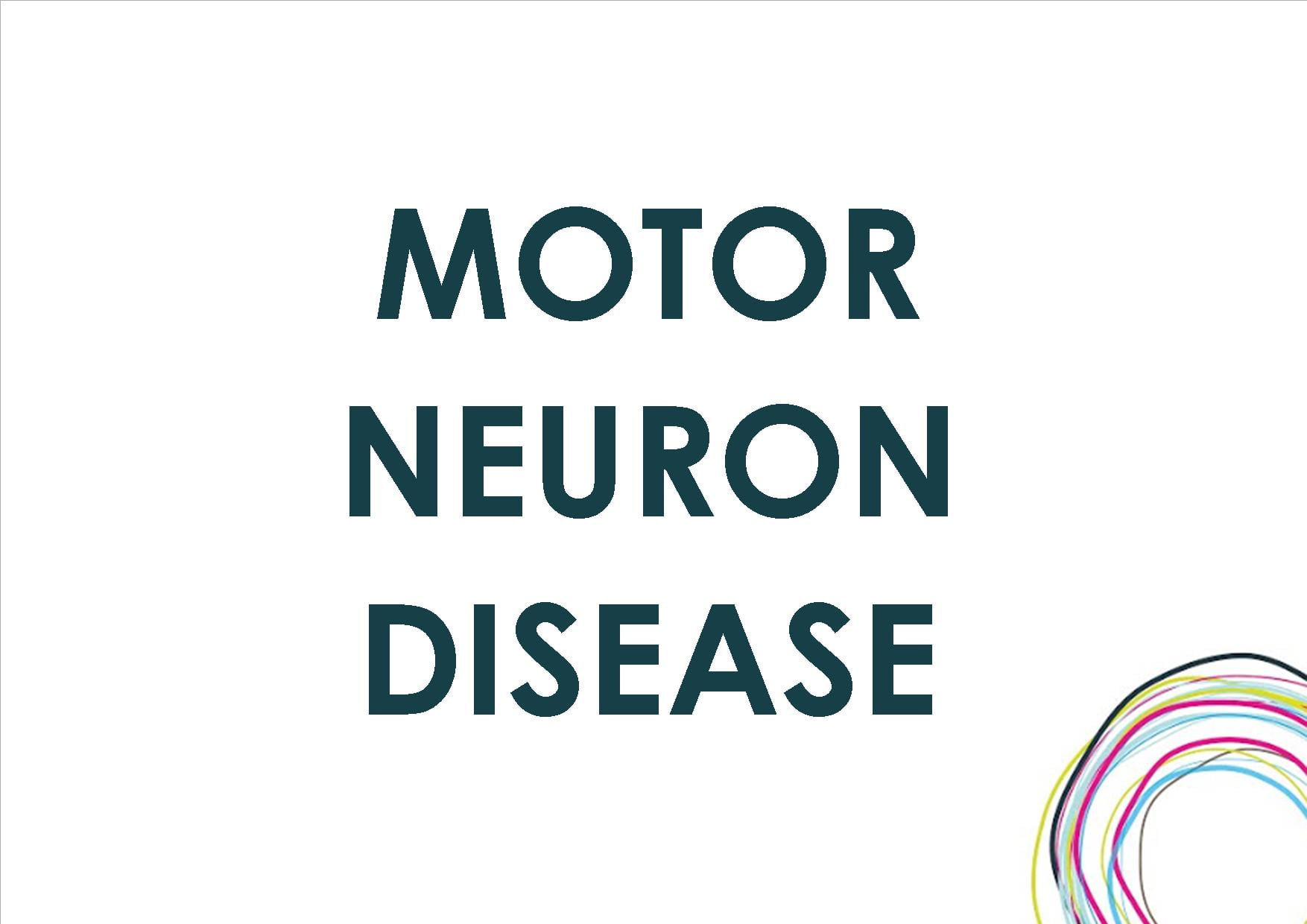By studying cells from patients with motor neuron disease, also known as amyotrophic lateral sclerosis (ALS), researchers have revealed a detailed picture of how motor neurons — nerve cells in the brain and spinal cord that control our muscles and allow us to move, talk and breathe — decline and die.
The research, published in Cell Reports, also shows that healthy neuron-supporting cells called astrocytes may play a role in the survival of motor neurons in this type of ALS, highlighting their potential role in combating neurodegenerative diseases.
The team took skin cells from healthy volunteers and patients with a genetic mutation that causes ALS, and turned them into stem cells capable of becoming many other cell types. Using specific chemical signals, they then ‘guided’ the stem cells into becoming motor neurons and astrocytes.
Using a range of cellular and molecular techniques, the team tracked motor neurons over time to see what went wrong in the patient-derived cells compared to those from healthy people. They found that an important protein known as TDP-43 leaks out of the nucleus where it belongs, causing a chain reaction that damaged several crucial parts of the cell’s ‘machinery’. Defining the sequence of molecular events that led to motor neuron death in an experiment using human-derived cells is an important step forward.
The team suspected that astrocytes from the patients’ cells might also be affected, becoming less efficient over time and eventually dying. To test this, they mixed different combinations of healthy and ALS patient-derived motor neurons and astrocytes, and followed their fate using highly sensitive imaging approaches. They found that healthy astrocytes kept sick motor neurons alive and functioning for longer, but sick astrocytes struggled to keep even healthy motor neurons alive.
Paper: “Progressive motor neuron pathology and the role of astrocytes in a human stem cell model of VCP-related ALS”
Reprinted from materials provided by the Francis Crick Institute.

